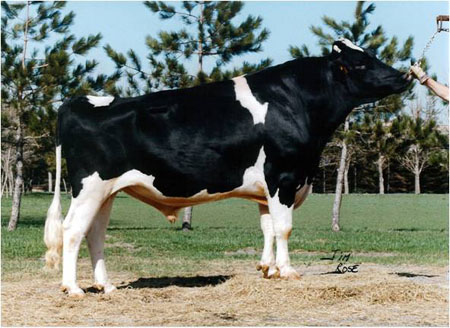Goat Farming
Goats (family Bovidae, genus Capra) areruminant mammals with backwardly arching hollow horns, short tail and usually straight hair; they are related to sheep but are of slighter build. Goats were domesticated as early as 7000 BC and have provided humans with food (milk, cheese, butter), leather and mohair. They were probably introduced with sheep by early settlers in New France. Goats are now raised in every province, but are most popular in Ontario, Québec and Alberta.
There are four kinds of breeding operations: for industrial milk production (milk is sold to processing plants for cheese making), for farm cheese production (sold by the producer), for meat production (meat is a by-product for milk producers, but some breeders specialize in the production of slaughter goats) and for mohair wool production. Goats fall into three categories: nonregistered (grade) goat, the pedigree is either unknown or unregistered, or its parents are not registered; registered goat (Canadian), the mother's pedigree is unknown or unregistered but the father's pedigree is registered; registered goat, the pedigree can be traced back to the first goats imported to Canada. Five milk breeds are important in Canada: Alpine, Saanen, Nubian, Mancha and Toggenburg. Two breeds, Angora and Cashmere, are raised mainly for wool. In goat breeding, each animal is identified and a register is kept of its birth date, breed and sex, identification number, breeding, kidding and weaning dates, vaccinations, antivermin treatments and milk-control reports.
The doe matures at 3 months but must not be bred before it is 7 to 9 months old; it reproduces once a year. Artificial insemination enables a large number of females to be impregnated with the sperm of a highly bred buck. The average gestation period is 5 months (153 days). The doe has two mammary glands. Diet, lactation stage, number of lactations, health and herd management are the major factors influencing milk production. Genetic improvement of the goat population is essential. Selection involves eliminating imperfect animals and keeping well-formed ones (body, hooves, pelvis, limbs, udders). A table for classifying the physical conformation of goats has been developed by the Canadian Goat Society in Fergus, Ont. Genetic selection also includes breeding characteristics (eating habits, fertility, prolificness) and milk-production characteristics, both quantitative and qualitative. Qualitative aspects involve the levels of nitrogen and bytyrin in the milk.
Goats are fed twice daily. Goats are very selective and like leaves and young sprouts. They prefer rolled cereals or concentrated nutrients in tablet form over finely ground grains. Like other ruminants, they can digest foods rich in cellulose and then metabolize the volatile fatty acids. The Canadian Goat Society, founded in 1917, is the registry agency.

 Share on Facebook
Share on Facebook Share on X
Share on X Share by Email
Share by Email Share on Google Classroom
Share on Google Classroom



